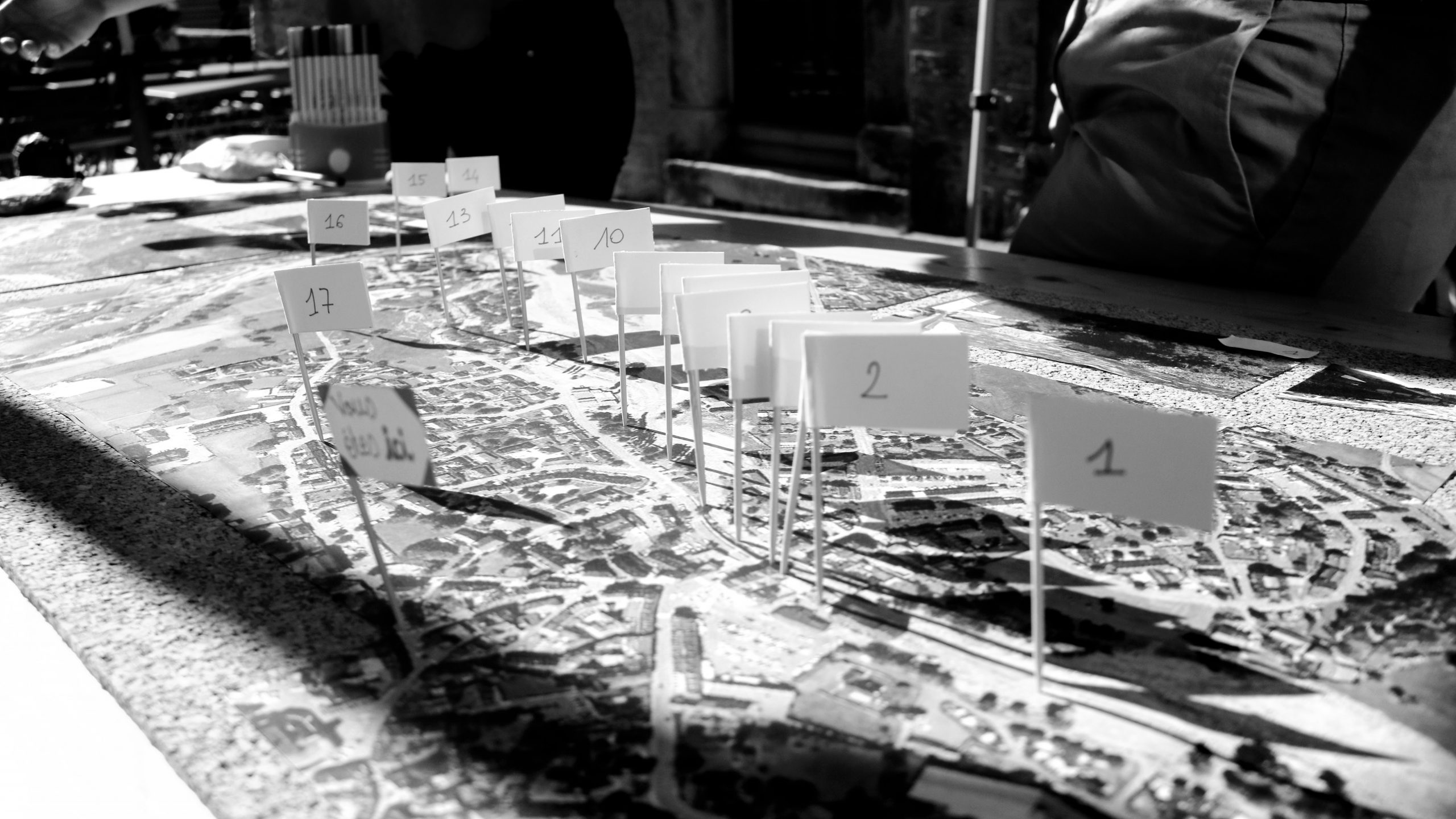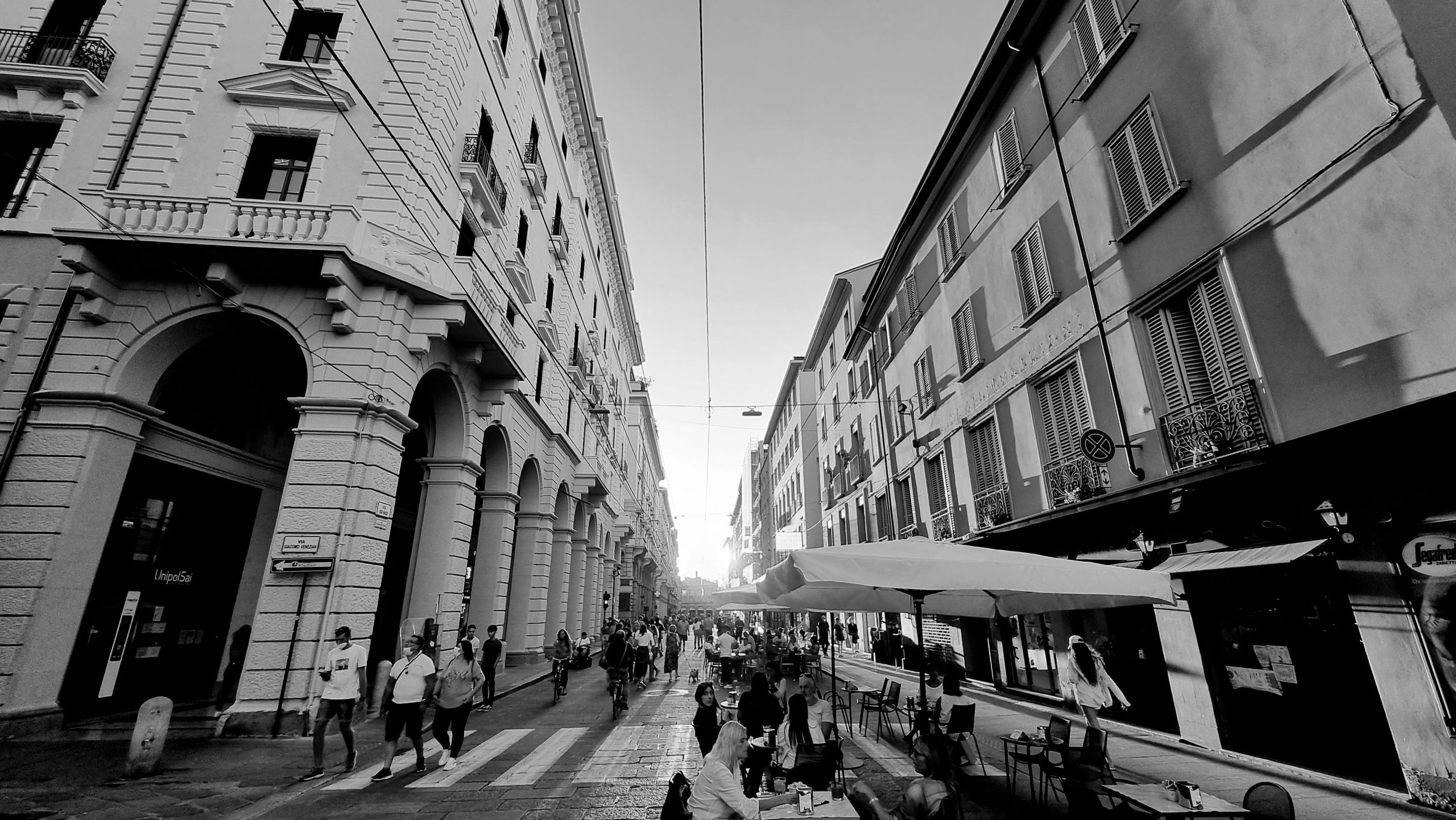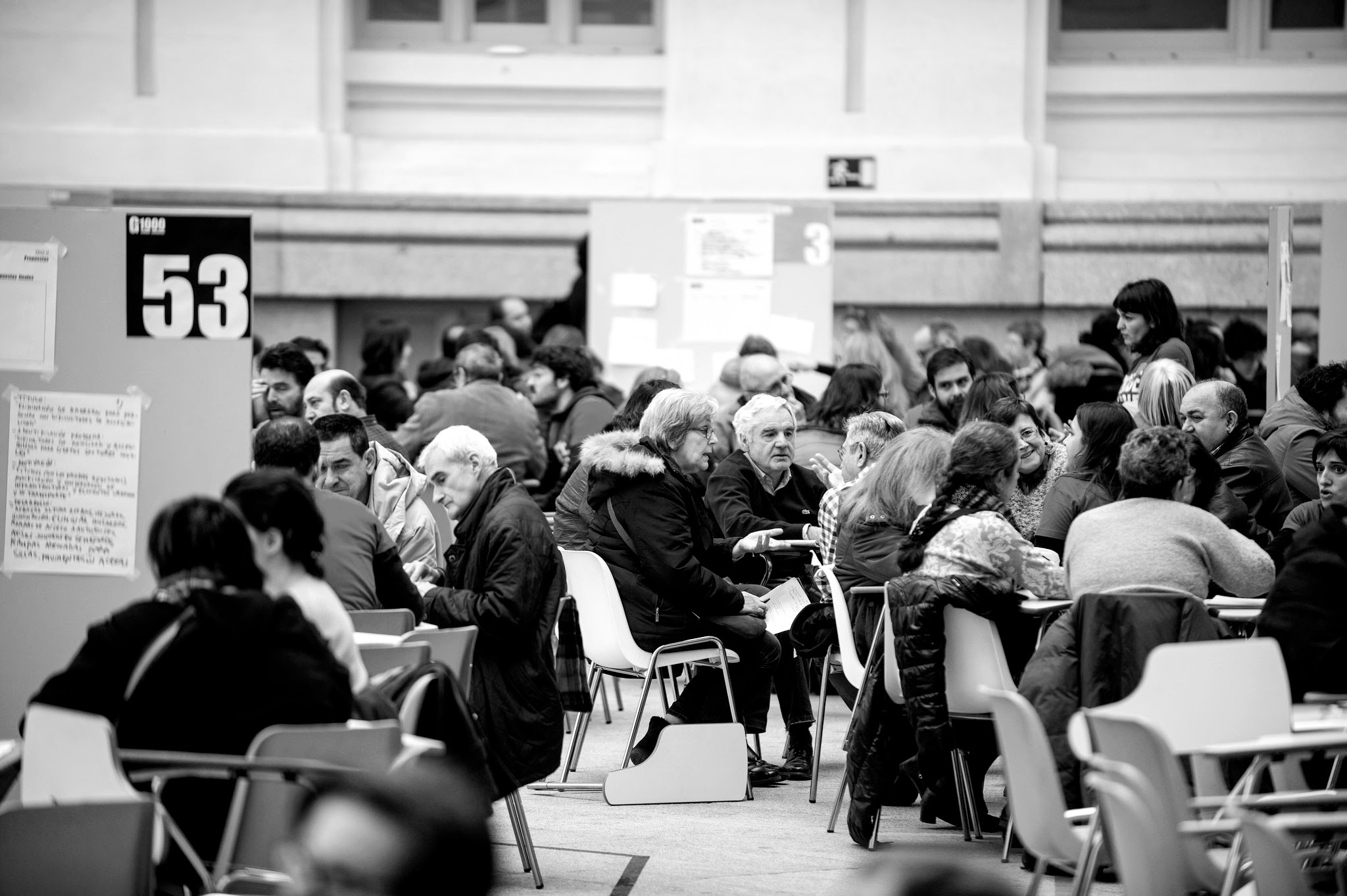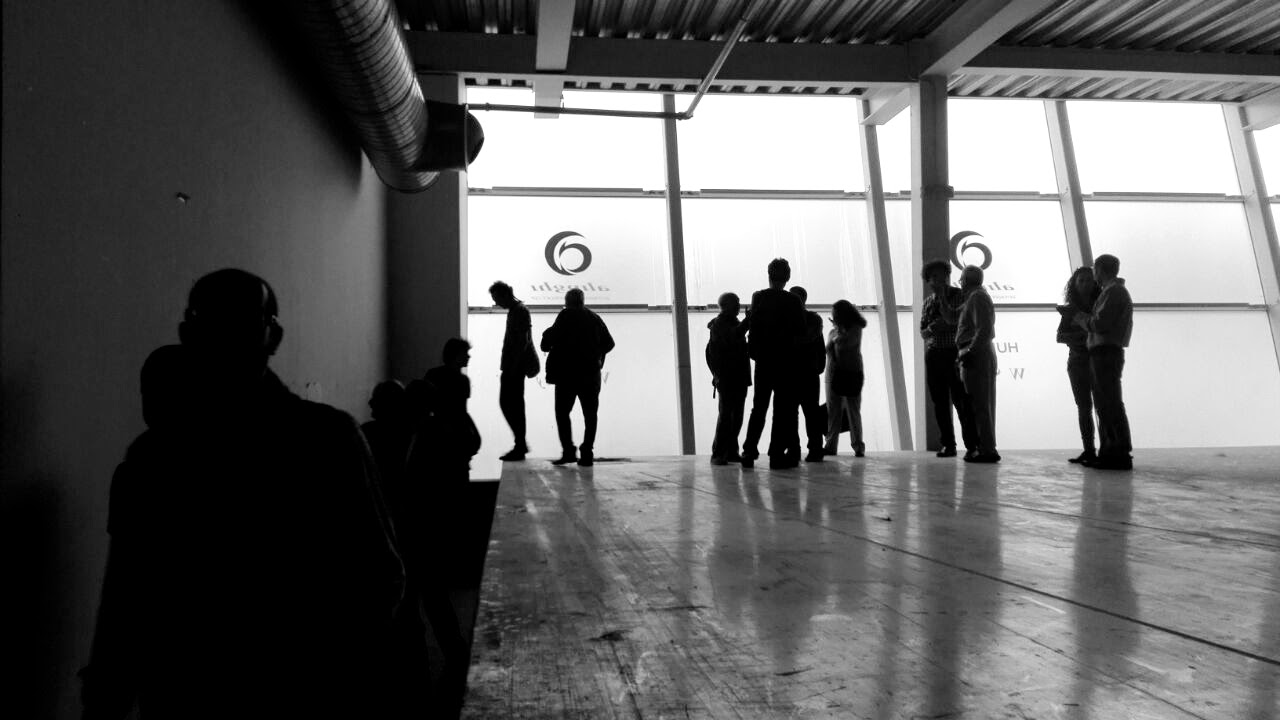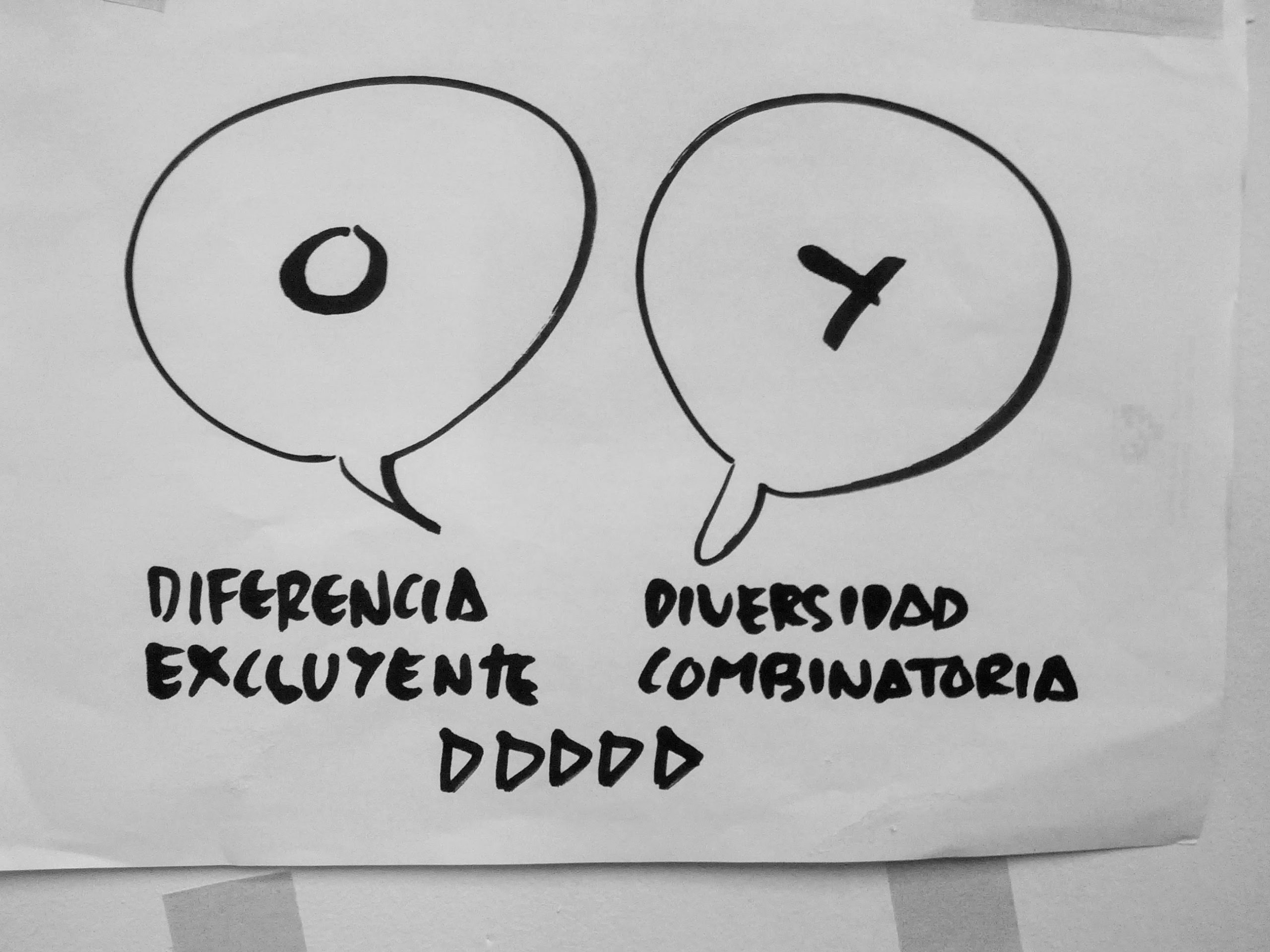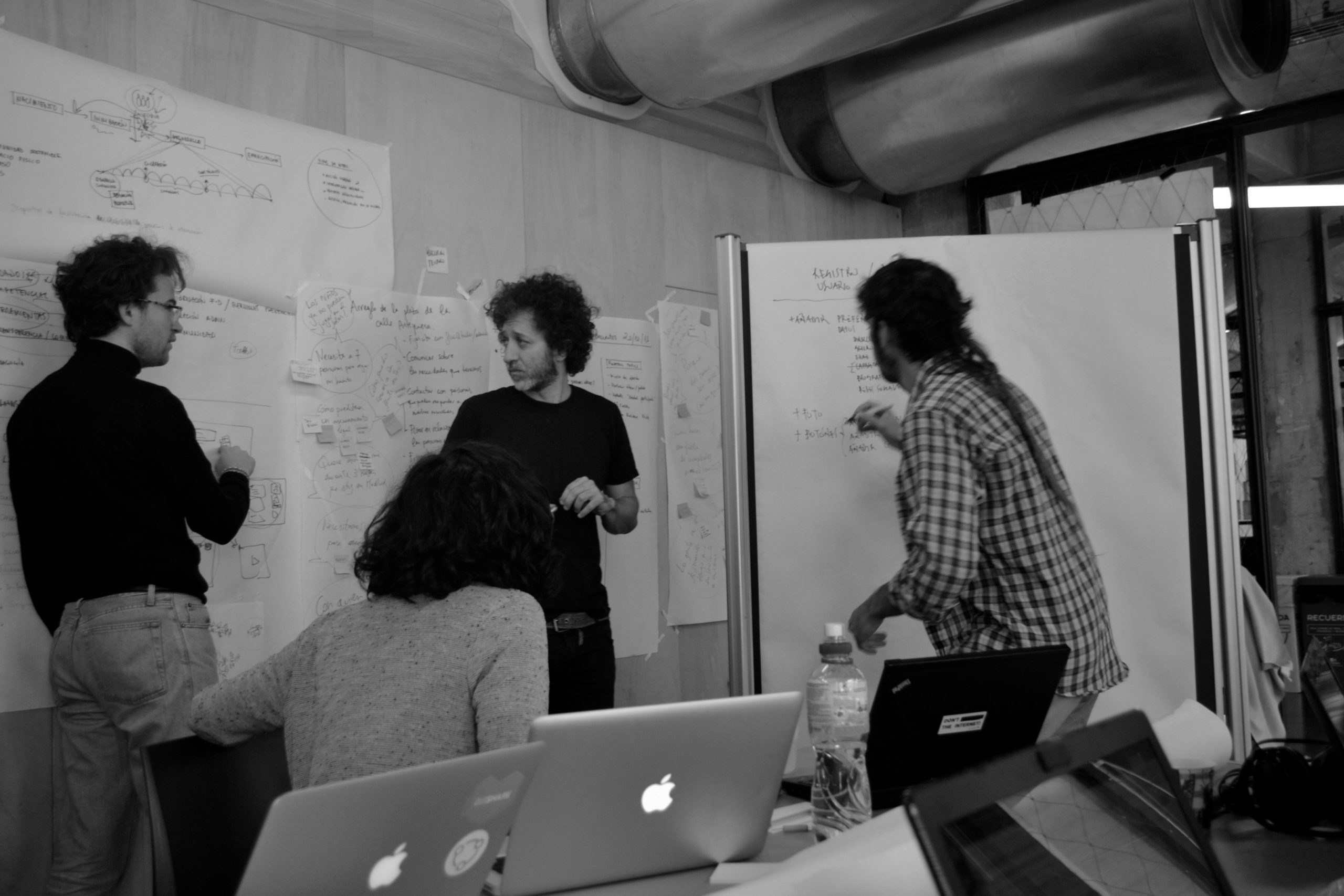Civic Design: Circular Process
Summary This article aims to contribute to the reflection on the new practices that are transforming the professional and institutional approach to the activation and management of collective intelligence processes that involve different actors in a territory and that we are defining as civic design
Cities are hard to change…
Introduction Cities are hard to change because they rely on the existence of a reliable centralized status. What we can do to empower the citizens and change the system? For this to happen, the change must be promoting decentralized events. You must be able to create a lot of small, local activities
Tips for a successful participatory workshop!
Participatory workshops are interactive sessions where participants actively engage with each other and the facilitator to share knowledge, skills, and perspectives in order to achieve a specific goal or outcome. Some key elements of a successful participatory workshop include clear and well-defined
What you should consider for your next project?
My 2 cents on civic design. – Is your participatory process inclusive? – Is your participatory process knowledge-building? – Is your participatory process networked? – Does your participatory process contextual? – Do you use indicators in your participatory process? – Do
COVID-era is crucial for the future of city
Introduction This COVID-era moment is crucial for the future of our city. What are you doing to change the way you practice Civic Design? The changed circumstances have amplified the importance of collaboration and co-creation in improving cities. Here are 5 actions for your consideration… Not
You should be interested in blockchain, crypto and metaverses
We live in a society permeated by technology. Today it is everywhere: in our phones, in our cars and our homes. When we think of technology, the first question that comes to my mind is: “How much control do I have over it?”. The answer to this question is important because, as technology grows e
Diverse and inclusive environment for Civic Design
Introduction Creating a diverse and inclusive environment for Civic Design processes is key.That means not just focusing on getting a diverse design team. But also making sure the participatory processes are designed inclusively.A participatory process, if designed inclusively, makes participants fe
The Ladder of Engagement
There is more than one way to create a community that includes everyone in the city, where everyone is seen as human and perceived as equally valuable. Discover the “The Ladder of Engagement” and it’s five levels. The Ladder of Engagement is a tool for the processes that lead to a
Civic Design: Be less afraid of feelings
On your Civic Design process, be less afraid of feelings—they can be a source of growth. Emotions fuel our decision-making, they shape our imagination and help us to find exciting and unexpected solutions. But we often have a tendency to suppress our emotions, turning our emotional state negative
Connect Located Knowledge with Specialized Knowledge
Introduction Designing a participatory process is not easy. It requires a great ability to connect Located Knowledge (from citizens) with Specialized Knowledge (Professionals and Public Servants). It requires imagination and creativity to design the process and tools. A great tool is Storymapping. S
